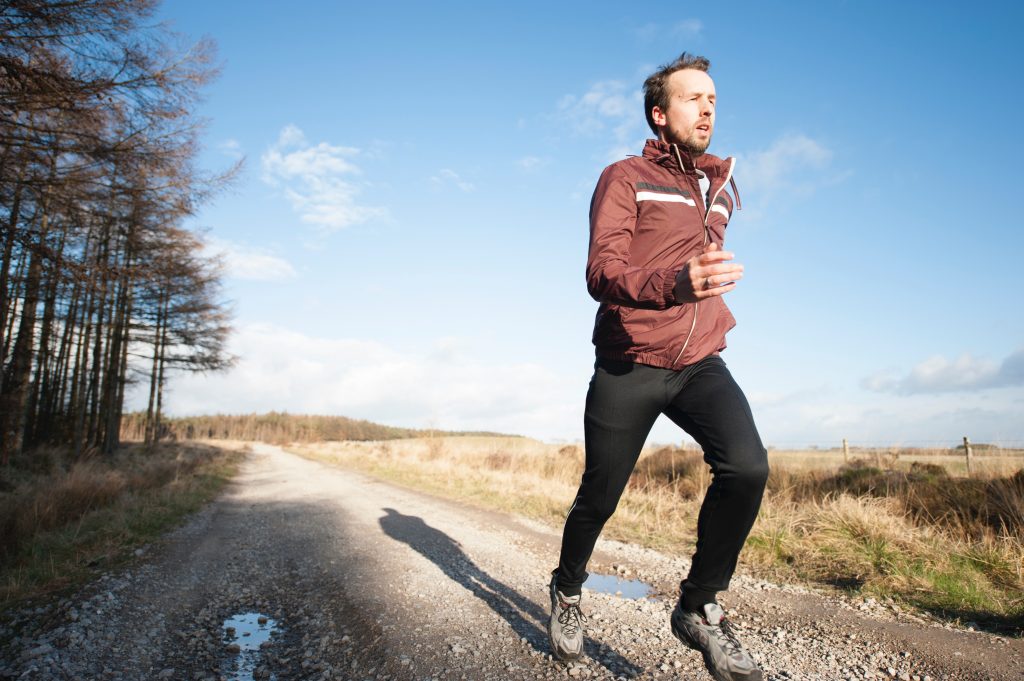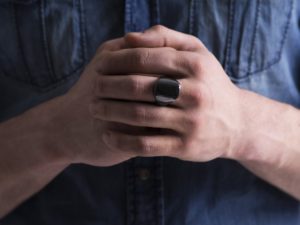
I’m asked all the time, “How much exercise is enough?” Of course, this is personal to everyone. It depends on your injury status, your general levels of activity, what we call daily life movement, how much you move, not just exercise sessions, but how active you are. Do you take the stairs? Are you on your feet a lot during the day? Do you have a dog that you could walk? Do you have children that you actively play with?
It will also depend on lots of other factors. Are you in good health? How much availability do you have for movement? How obesogenic is your particular environment? Do you have lots of labour saving devices? Do you have a car that you use a lot? All of these things are going to affect your amount of daily life movement and exercise.
Here is a very broad guideline of how much is enough (this assumes that you are well, you don’t have any injuries and you’re not very young or very old).
High intensity activity: anything from one to 10 or 15 minutes a day. You do want to get your heart rate up though at some point during the day. What’s also quite good to do on a daily basis is lift something heavy. Maybe you’re lifting a child, you’re carrying around a baby or you’re just lifting heavy objects just for a few minutes is all it needs to be and is good as it’s anerobic.
Moderate intensity activity: this could be light jogging, some light circuits, it could be brisk walking in fact. Something like 60 to 90 minutes a day would be ideal. If you commute, that could be a very brisk walk to the station and jump off the tube a couple of stops early, and then brisk walk to your office.
Low intensity activity: that should be a constant. I’ve talked in the past about ancestral living. Our ancestors would have been scurrying, foraging, walking, jogging, foraging around. They’d have been doing that sort of activity on a constant basis. That’s really what we were designed to do.
Ideally you’d incorporate lots of daily life movement. A bit of moderate exercise every day, and a small amount of high intensity exercise every other day or every day. What can of course can get in the way of all of that is you. It’s personalisation; make it personal. Work out what works for you. If it’s helpful to have a morning routine, have a morning routine that includes some exercise. You may find it helpful to exercise at the end of the day, or maybe you like to have a longer break between your exercise sessions like I do. My genetic profile is for medium recovery, so I really need 36 to 48 hours between heavy sessions.
The other thing to consider is the concept of minimal effective dose. Look for the smallest amount that you can do to get the impact you’re looking for. If you haven’t got an hour to go to the gym, don’t worry about it, you don’t need an hour. Go for 15 or 20 minutes and be super focused on your intent while you’re in that gym. What are you getting done? Be very present; no phones, no looking around, no watching the TV screens, no distractions. Focus on that 15 or 20 minutes, and you’ll actually get potentially as much value as you would have done from a session three or four times the length. If we’ve got an hour, we tend to fill it and when there’s no impetus, there’s no real urgency to getting your stuff done. Sometimes a shorter amount of time is better. But don’t let time get in the way.
How much exercise is enough is down to what you can do, the minimal effective dose, the time you have available to you. We definitely need to be moving on a constant basis, pretty much all day. We need to be doing some moderate exercise every day and a very short spike of high intensity workout or type of exercise every day or every other day, depending on what works for you and how much recovery you need.
Let me know your feedback or if you’ve got any questions, please e-mail me at leanne@bodyshotperformance.com.
Bodyshot Fitness Package
We have brought together everything you need to optimise your fitness, in one package. The Fitness Package includes the DNA test for diet and fitness combined with a non-invasive blood test panel for 4 key markers including vitamin D3, HbA1c (diabetes), Lipids and CRP. The Oura ring for activity tracking and recovery is also included.
Once we’ve received the results of your DNA and blood test, we arrange a suitable time for the consultation which takes place online and lasts approximately 60 minutes. In the consultation, we analyse your results, explain what everything means and draw up a personalised action plan.
Our Fitness Package includes an eBook that talks you through the Fitness Signal and gives you loads of tips, information and a resource you can keep coming back to. The eBook is a concise summary of everything we’ve learned from the hundreds of clients we’ve helped to optimise their fitness.
What you get:
- DNA test for diet and fitness
- Oura ring
- Custom Blood Panel
- eBook
- Consultation with a Health Expert
To find out more about this package, please click here.
What’s your Health IQ?
If you’re reading this, you’re are probably in a reasonably senior position, running your own business or have a busy life running the home and juggling other responsibilities. Either way, you’re busy. The convergent pressures of work and family life have probably meant that the time you did have to spend on health and fitness has disappeared. Why not talk to us and see how we can help.
Leanne Spencer is an entrepreneur, coach, TEDx Speaker, author of Remove the Guesswork, and founder of Bodyshot Performance Limited. Bodyshot is a health and fitness consultancy that helps busy professionals get more energy by removing the guesswork around their health, fitness and nutrition. Visit www.bodyshotperformance.com or email info@bodyshotperformance.com to register your interest in our services and connect with us on Facebook, Instagram and Twitter.

